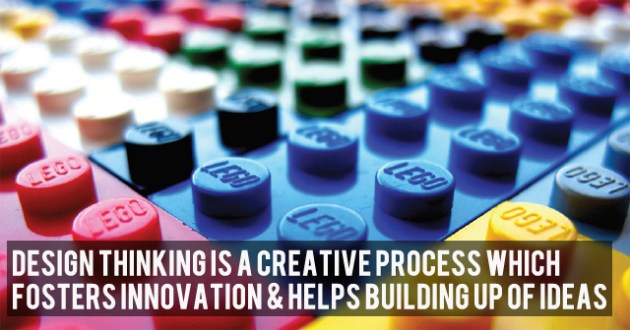Utterly unexpected. A brilliantly designed product or service is clever and amazing. Think anything Apple.
Amazingly competent. A well-conceived product excels at what it does. It is functionally flawless. Think a Ziploc bag or Google’s home page.
Aesthetically exquisite. At the pinnacle of great design are products so gorgeous you want to hug them. Think a Porsche 911.
Conspicuously conscientious. Consumers (especially those under 30) are demanding socially responsible products and services that reflect a sense of stewardship for the environment and a passion for making a difference. Think Prius.
Unfortunately, design is still an afterthought in most organizations. Great design is less about genius than empathy – and it’s often the tiniest things that make the biggest difference.
– from Gary Hamel’s What Matters Now
Designing takes place in the uncomfortable gap between vision and reality.
– Marty Neumeier, The Designful Company
Design is not just about products, even though that is often our first and only thought when it comes to design.
Design is change.
You need to find a situation worth improving and then work through the creative process.
For ChurchWorld Design Thinkers (aka Leaders)
- What are the thoughtless little ways we irritate our members and Guests and what can we do to change that?
- What are the small, unexpected delights we could deliver to our members and Guests at virtually no cost?
Design Thinking Matters.






